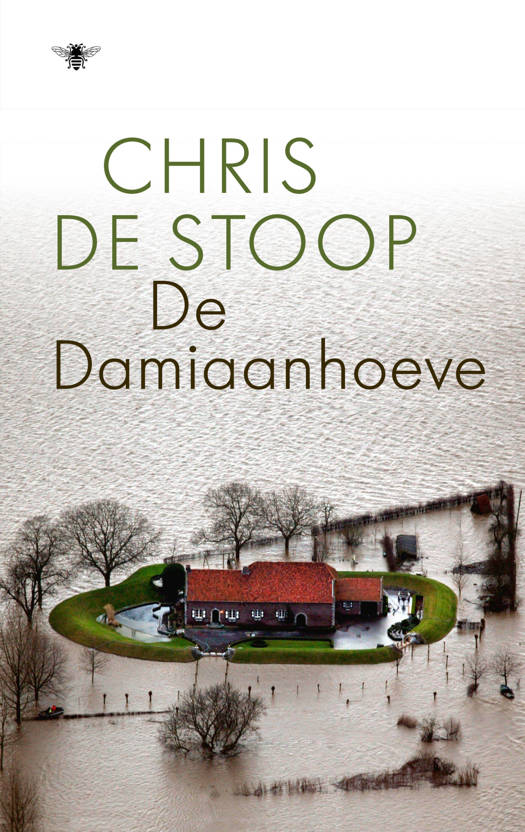
- Afhalen na 1 uur in een winkel met voorraad
- Gratis thuislevering in België vanaf € 30
- Ruim aanbod met 7 miljoen producten
- Afhalen na 1 uur in een winkel met voorraad
- Gratis thuislevering in België vanaf € 30
- Ruim aanbod met 7 miljoen producten
Zoeken
Omschrijving
THE first thought that men had concerning the heavenly bodies was an obvious one: they were lights. There was a greater light to rule the day; a lesser light to rule the night; and there were the stars also. In those days there seemed an immense difference between the earth upon which men stood, and the bright objects that shone down upon it from the heavens above. The earth seemed to be vast, dark, and motionless; the celestial lights seemed to be small, and moved, and shone. The earth was then regarded as the fixed centre of the universe, but the Copernican theory has since deprived it of this pride of place. Yet from another point of view the new conception of its position involves a promotion, since the earth itself is now regarded as a heavenly body of the same order as some of those which shine down upon us. It is amongst them, and it too moves and shines-shines, as some of them do, by reflecting the light of the sun. Could we transport ourselves to a neighbouring world, the earth would seem a star, not distinguishable in kind from the rest.
Specificaties
Betrokkenen
- Auteur(s):
- Uitgeverij:
Inhoud
- Aantal bladzijden:
- 120
- Taal:
- Engels
Eigenschappen
- Productcode (EAN):
- 9781388186449
- Verschijningsdatum:
- 9/01/2019
- Uitvoering:
- Hardcover
- Formaat:
- Genaaid
- Afmetingen:
- 152 mm x 229 mm
- Gewicht:
- 331 g

Alleen bij Standaard Boekhandel
+ 56 punten op je klantenkaart van Standaard Boekhandel
Beoordelingen
We publiceren alleen reviews die voldoen aan de voorwaarden voor reviews. Bekijk onze voorwaarden voor reviews.











